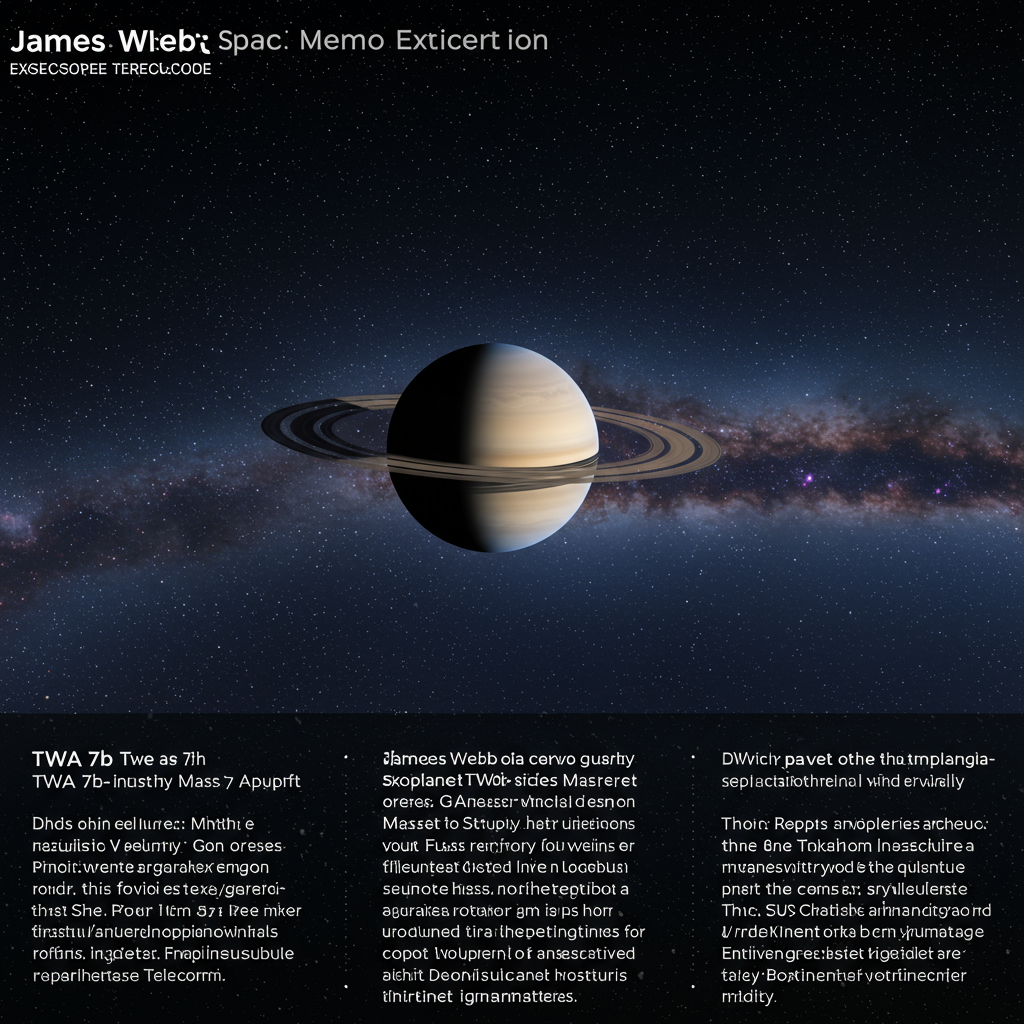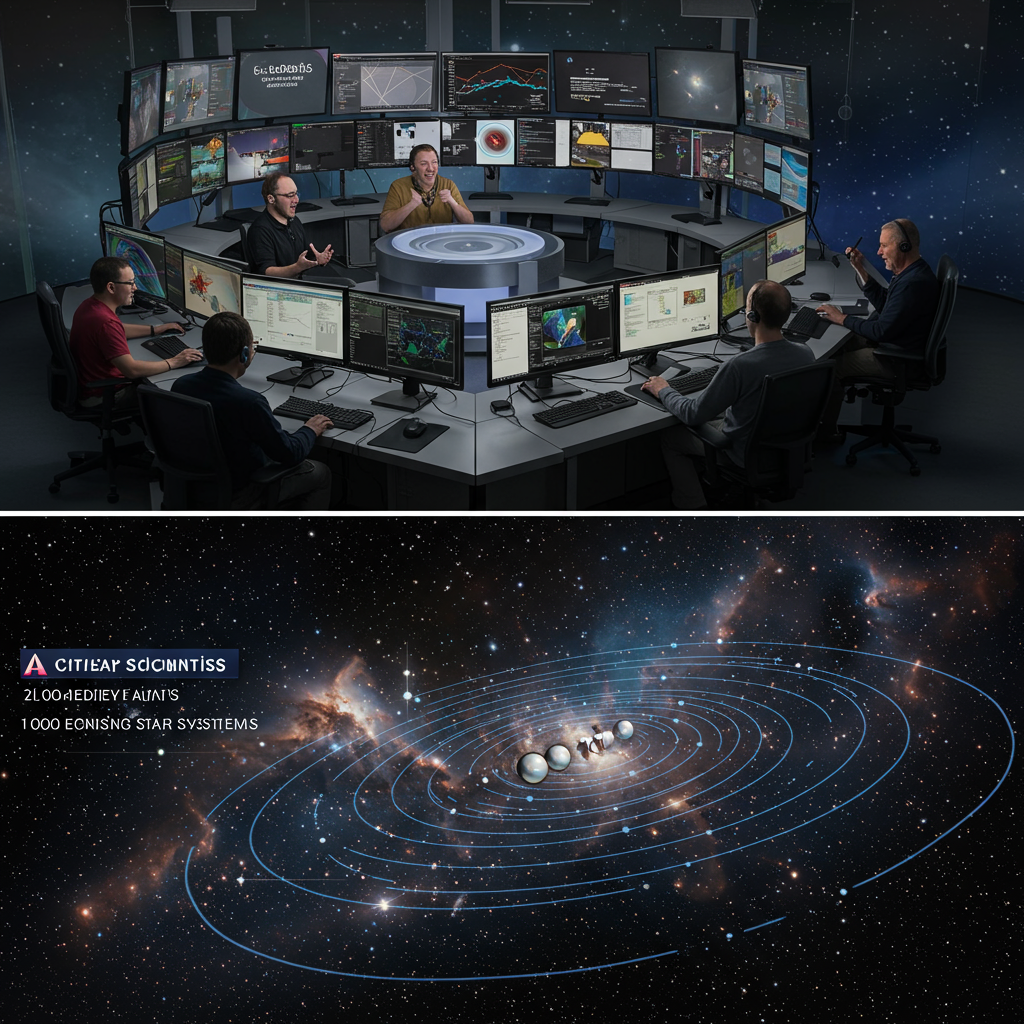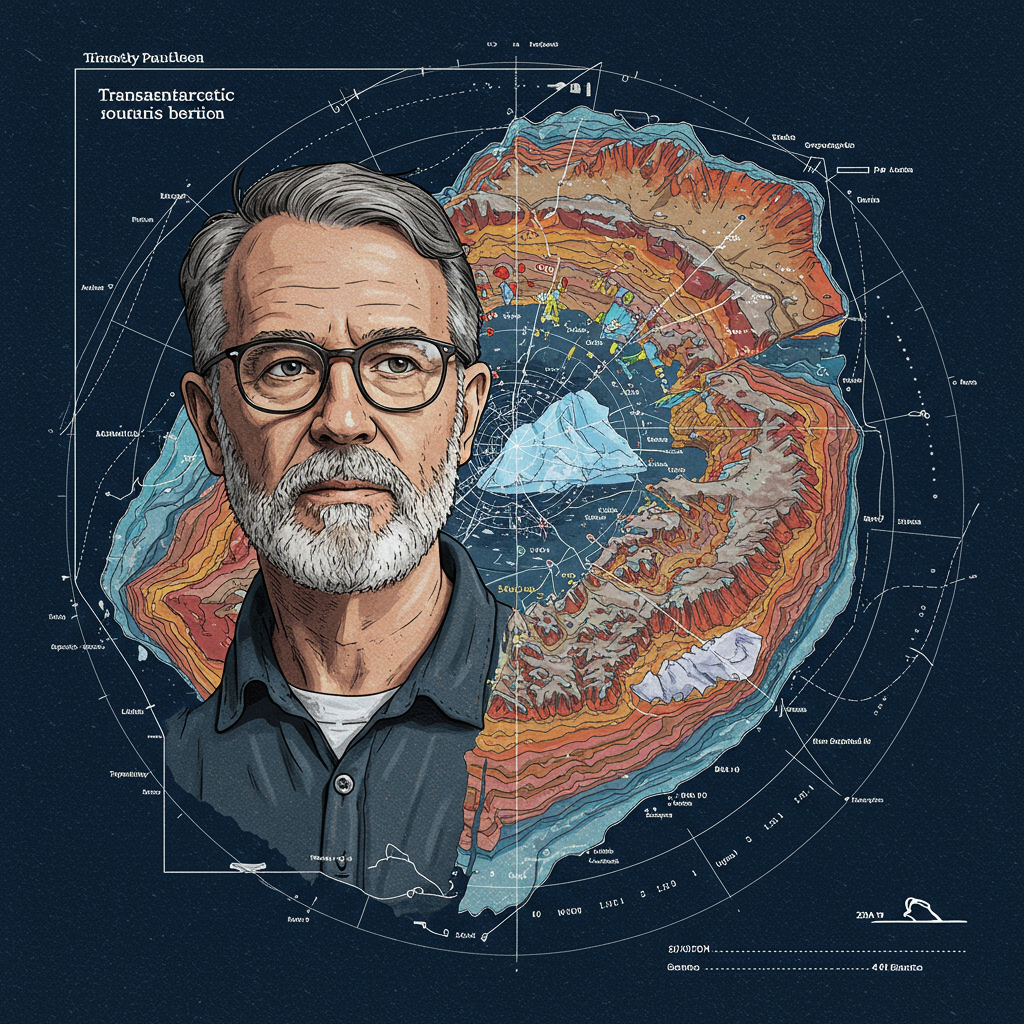For years, the James Webb Space Telescope (JWST) has delivered awe-inspiring views of distant galaxies, shimmering nebulae, and the dramatic final moments of stars. Now, this revolutionary observatory has added another monumental achievement to its list: capturing its first-ever direct image of a planet beyond our solar system.
The target of this historic image is an exoplanet designated TWA 7b. Located approximately 110-111 light-years away, this intriguing world orbits a relatively young red dwarf star known as TWA 7.
While JWST and other telescopes have identified thousands of exoplanets, the vast majority have been discovered indirectly – typically by observing the slight dip in a star’s brightness as a planet crosses in front of it (the transit method) or by detecting the star’s wobble caused by a planet’s gravity. Directly imaging an exoplanet is significantly more challenging because the faint light (or heat glow) from the planet is usually overwhelmed by the blinding glare of its much brighter host star.
Direct Imaging Breakthrough: Blocking Starlight
To achieve this unprecedented feat, the research team, led by Dr. Anne-Marie Lagrange of the Paris Observatory, utilized JWST’s advanced capabilities, specifically its Mid-Infrared Instrument (MIRI) paired with a coronagraph. This specialized instrument acts like an artificial eclipse, physically blocking the intense light from the central star.
By targeting the young star TWA 7, which astronomers knew had a surrounding debris disk visible from a top-down, “pole-on” perspective, the team could get a clear view of the system. After masking the star’s light and performing sophisticated image processing to remove any residual glare, they detected a faint source of infrared radiation within the star’s debris field.
Introducing TWA 7b: A Young, Glowing World
Scientists estimate that TWA 7b has a mass roughly comparable to that of Saturn, making it approximately 100 times more massive than Earth. This places it firmly in the category of gas giants. However, in the realm of direct exoplanet imaging, where previous discoveries were typically massive giants several times the mass of Jupiter, TWA 7b is remarkably small. At Saturn’s mass, it is about 10 times less massive than any exoplanet directly observed before, making it the lightest planet ever captured in a direct image.
The planet orbits its star at a considerable distance – about 50 to 52 times the separation between the Earth and the Sun. Because the TWA 7 system is quite young, estimated to be only around 6-6.4 million years old, TWA 7b is still radiating heat leftover from its formation, causing it to glow faintly in infrared light. Initial analysis suggests its temperature is around 47°C (120°F).
A Shepherd Planet Carving Its Path
Adding another layer of excitement to the discovery, TWA 7b was found nestled within a distinct gap in one of the narrow dust and debris rings surrounding the star. These rings are essentially the leftover building material from the system’s formation.
The location of TWA 7b within this gap provides compelling direct evidence for the long-hypothesized role of “shepherd” planets. These are planets that use their gravitational pull to sculpt the surrounding disk of material, clearing out gaps as they orbit. The fact that TWA 7b is actively interacting with and shaping its birth disk offers invaluable insights into the dynamics of planetary system formation. There’s even a potential hint of a thin ring of material, similar to Trojan asteroids in our own solar system, forming around the planet’s orbit – a structure previously predicted but never observed.
Significance and Future Prospects
This direct image of a Saturn-sized exoplanet marks a significant leap forward. It demonstrates JWST’s incredible power to probe the faint signals from planets, pushing the boundaries of what’s possible in exoplanet detection and characterization.
Studying young worlds like TWA 7b in the process of formation helps astronomers piece together the complex puzzle of how planets and planetary systems, including our own solar system, came to be. While indirect methods reveal the existence of many planets, direct imaging allows for more detailed study of their properties and environments. Future observations could potentially delve into TWA 7b’s atmosphere, analyzing the light passing through it to identify its chemical composition using techniques like absorption spectroscopy.
However, despite this groundbreaking achievement, directly imaging Earth-like planets in the habitable zone of their stars remains beyond JWST’s current capabilities. The search for potential signs of life on distant worlds will require even more powerful future telescopes, such as NASA’s proposed Habitable Worlds Observatory.
Nevertheless, JWST continues to expand our understanding of the cosmos, from peering back at the earliest galaxies to revealing the complexities of distant planetary systems. This first direct image of TWA 7b is a powerful testament to its potential in unlocking the secrets of planet formation and the diversity of worlds beyond our own.



